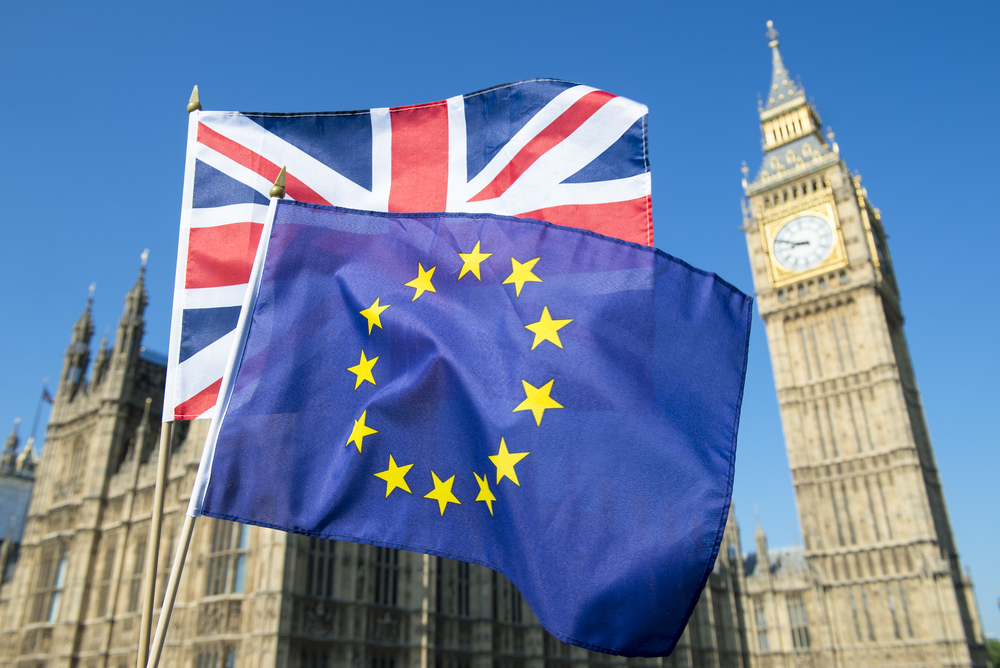This summer, the Intellectual Property Enterprise Court decided in favour of premium sportswear brand LNDR following Nike’s viral launch of its LDNR ‘Nothing Beats a Londoner’ campaign. As we reported in the April edition, LNDR had successfully obtained an interim injunction against Nike in March following the launch of the campaign. That decision was particularly interesting because the Court agreed Nike did not have to remove all past references to LDNR from social media, so for example it did not have to delete past tweets from Twitter.
Seeking an interim injunction was a brave stance by LNDR as it had to give Nike a cross-undertaking in damages, which could have seen it having to pay Nike significant damages if it had then lost at trial. However, just five months after the claim began, the IPEC decided in its favour, and granted a final injunction.
Nike had carried out clearance searches against its mark LDNR that identified the prior similar mark ‘LNDR’ but proceeded to use LDNR prominently in its advertising campaign. It did not put in evidence the advice it had received in relation to those search results or the internal discussions that it had had, as these were all privileged information. The court, however, had no difficulty in concluding that there was confusing similarity between LNDR and LDNR, and accepting the argument that the average consumer might think there was some sort of tie-up between the two brands.
Background
Frank Industries owns UK and EU trade marks for LNDR in respect of ‘clothing’ including ‘sportswear’. The brand was created in 2015 and produces premium activewear for women, which is stocked in a range of outlets in the UK (and elsewhere in the EU and globally) including Selfridges, Net-a-Porter and Matches. As originally devised, LNDR was an abbreviation of ‘Launder’ but Frank soon realized that it was also a reference to ‘Londoner’, and this formed part of its marketing of the ‘brand’s DNA’.
In January this year, Nike launched its high-profile YouTube based advertising campaign, which included appearances from Harry Kane and Mo Farah, alongside images of London, and used the term ‘LDNR’ to refer to Londoners. The campaign went viral on its day of launch. Alongside the ‘Nothing Beats a Londoner’ YouTube ad there were also T-shirts featuring the mark (worn by celebrities in television commercials), social media posts and prominent adverts at events featuring the mark.
Was LNDR a valid trade mark?
Despite Arnold J’s first thought that the marks reminded him of the LNER Railway, Nike’s descriptiveness attack on the validity of the mark (as an abbreviation meaning ‘Londoner’) hinged on how an average consumer would understand LNDR in the context of clothing. To answer this question, the average consumer was a member of the general public that purchased clothing, particularly women’s sportswear, paying a moderate degree of care and attention to the task (even though Frank’s clothing is at the premium end, the judge agreed that the average consumer would not display a high level of attention).
The judge noted that, in text messaging, young people habitually omit vowels from words to create an abbreviation where the intended meaning of the abbreviated word remains clear. LNDR could be an abbreviation of several words and Nike produced evidence of LNDR being used as an abbreviation for ‘Londoner’. However, the majority of this evidence comprised use of LNDR alongside pictures of London landmarks or other London-themed hashtags. This meant that, whilst LNDR could be an abbreviation of Londoner in some contexts, it did not establish that the average consumer would perceive LNDR as meaning ‘Londoner’ in the context of clothing.
Did Nike’s use of LDNR infringe?
Nike argued that the origin of its goods was clear from the campaign, owing to the presence of its immediately identifiable swoosh mark throughout, and that the average consumer would understand the use of LDNR to mean Londoner (rather than as a mark of origin in respect of its clothing goods) Frank however contended that use of LDNR in conjunction with Nike’s swoosh could result in consumers concluding that there was a collaboration or tie-up of some kind between Frank and Nike.
The court concluded it was ‘plain’ that LNDR and LDNR were confusingly similar; the average consumer would obviously be likely to misread, mistype, mishear and/or misspeak the two terms and LDNR could well be considered to be a brand name, as opposed to descriptive use as an abbreviation of ‘Londoner’.




